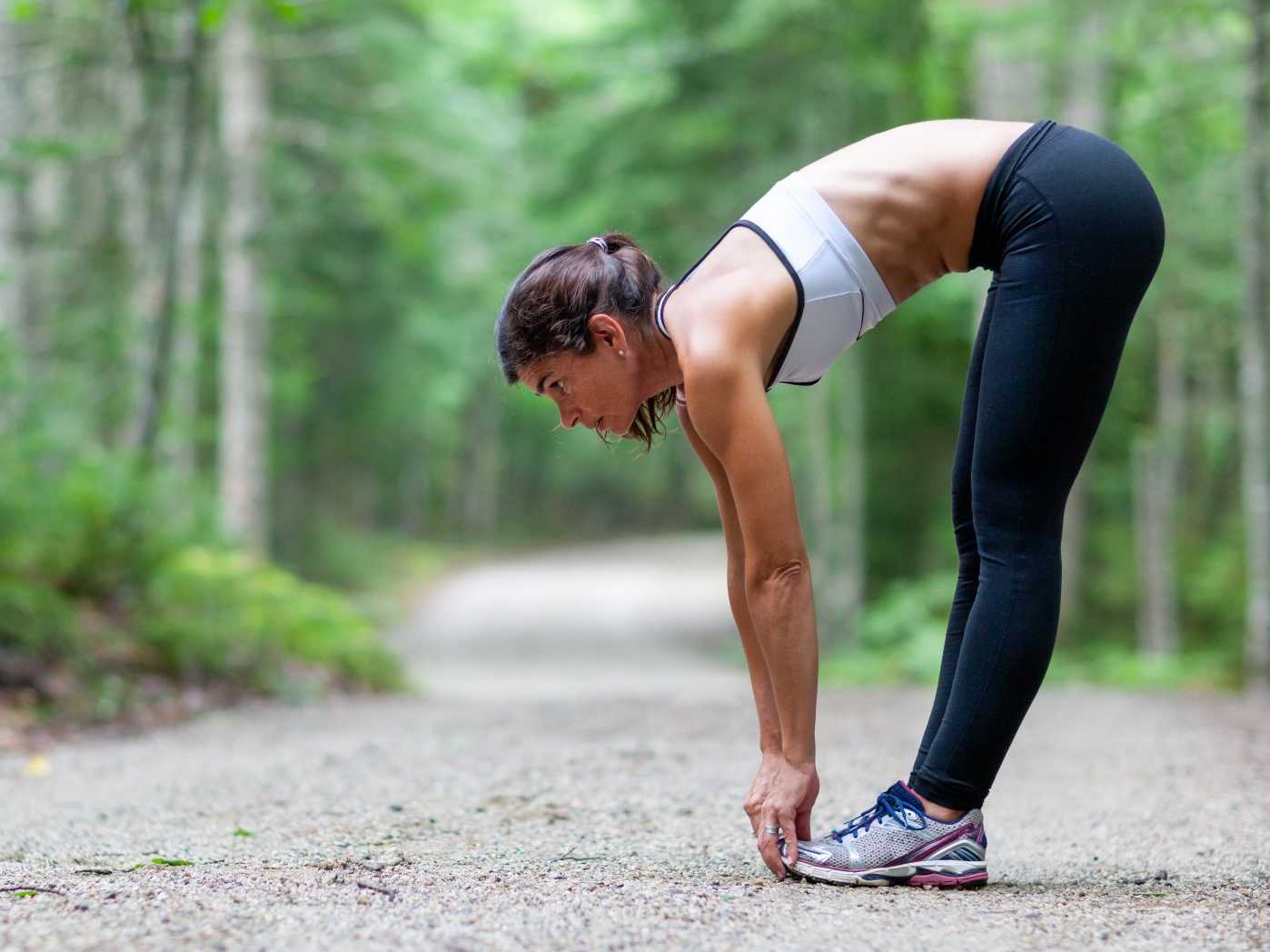When is the Best Time to Stretch?
 We always get asked when the best to time is, if ever, to stretch.
We always get asked when the best to time is, if ever, to stretch.
Stretching has proven to be great for your muscles and your health, yet there are certain times when it can be most beneficial and times where it can be harmful.
It’s critical that you never exercise your muscles when cold, which is the reason it’s vital to make your muscles pliable and warm prior to stretching. Stretching the muscles when cold could cause damage to your muscle tissues as well as tendon strain. When the muscles are cold they do not possess the proper quantity of blood supply to be flexible.
Stretching prior to performing exercises could actually lead to the protein filaments within the muscles to expand. As this occurs, they remain elongated for a brief period of time. The consequence of it is very weak muscles that could last for up to fifteen to twenty minutes into your exercise regimen. It’s additionally advised to stretch following a workout to reduce muscle soreness as well as to keep your muscles flexible.
In order to warm up your muscles, perform light exercises first. This could be comprised of bouncing or jogging lightly in place, or a vigorous 15-20 minute walk/hike. It’s crucial that you not overdo your cardio; the entire point is to make your blood supply rise in your muscles in order for them to stretch. As the muscles and tendons are warm, it’s now the time to stretch.
Do not stretch until you reach a point of pain; you must only stretch until you sense a slight discomfort. Bouncing the muscles while they’re stretched could lead to muscle trauma, tendon damage, and small rips that might not be felt until the following morning or following your workout. Hold the stretches for a minimum of twenty to thirty seconds, as reports have proven that holding the stretch for an overly short period could lead to tears and damage.
Stretching following a workout or exercise session can also assist with loosening up muscles as well as reducing muscle aches. It helps to walk the muscles out to loosen them up and to reduce the muscle fiber strain. Be certain your body is balanced; fix smaller issues like tight hamstrings and flat arches that might cause additional issues like hip pain and knee injury. Always concentrate on correcting muscle imbalances from one side to the other. It is far worse to have one tight hamstring than it is to have both hamstrings tight. Symmetry from side to side and front to back should be the goal, but we’ll address that in a later article.

